Welcome to our comprehensive guide on begonias! If you’re intrigued by the captivating world of plants and wish to cultivate this amazing plant in your garden or indoor spaces, you’re in the right place. In this article, we will delve into all aspects of begonias, from their various types and care requirements to propagation techniques and common issues. By the end of this guide, you’ll be equipped with the knowledge to nurture these stunning plants with confidence.
Types of Begonias: A Diverse Array of Beauty
this amazing plant are renowned for their incredible diversity, boasting a wide spectrum of forms, colors, and patterns that cater to every plant enthusiast’s preferences. From the striking foliage of the Angel Wing Begonias to the delicate blossoms of the Tuberous Begonia, each type has its unique charm. Let’s explore some of the most notable types of begonias that will undoubtedly elevate the aesthetics of your garden or indoor spaces.
1. Angel Wing Begonias (Begonia coccinea):
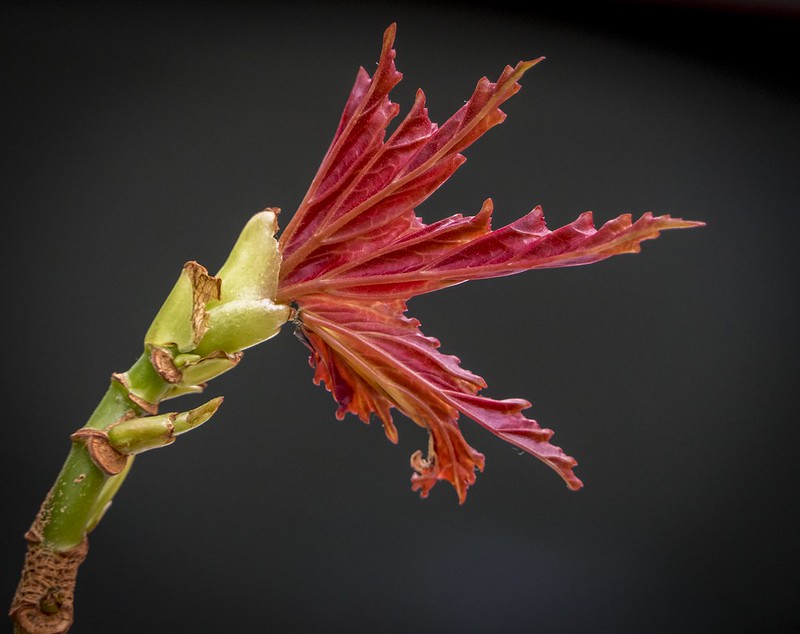
Angel Wing Begonia are celebrated for their asymmetrical leaves resembling angel wings. These leaves come in vibrant shades of green and often feature intriguing patterns. The plants are known for their vigorous growth and can thrive both indoors and outdoors. They produce clusters of tubular flowers that add an extra layer of charm to their overall appearance.
2. Rex Begonias (Begonia rex):
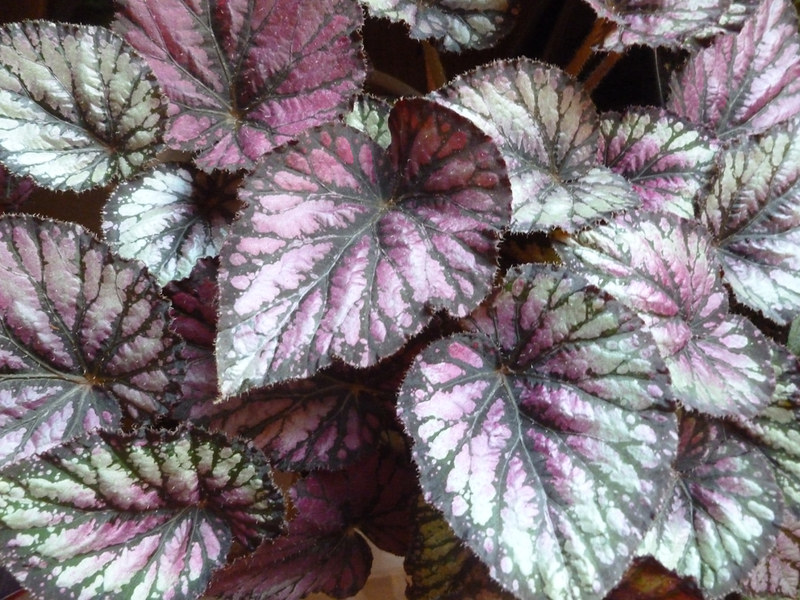
Rex Begonias are a true spectacle with their jaw-dropping foliage. The leaves of these begonia are a masterpiece of nature, showcasing a mesmerizing array of colors, patterns, and textures. From silver swirls to intricate laces and splashes of various hues, each leaf is a work of art. These plant are a favorite among collectors and are best suited for indoor cultivation due to their preference for high humidity.
3. Tuberous Begonias (Begonia tuberosa):
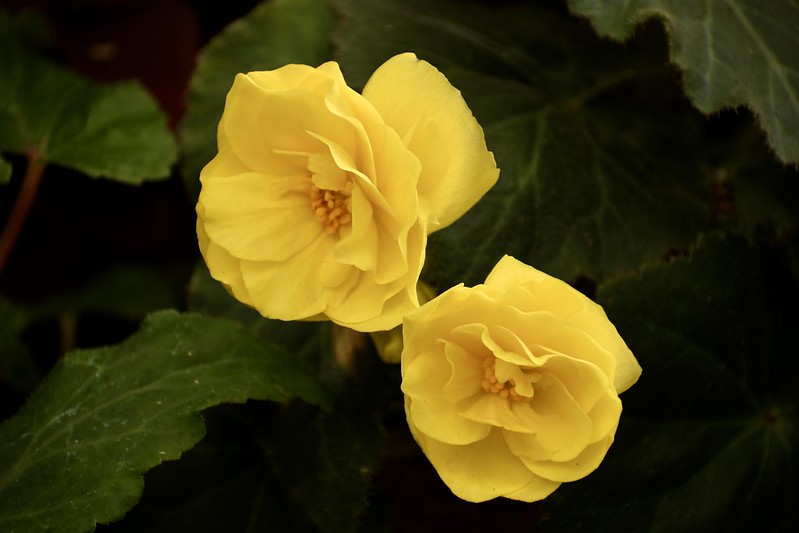
Tuberous Begonias are known for their show-stopping blossoms that come in a plethora of colors, including vibrant reds, pinks, oranges, and yellows. These begonias produce flowers that resemble roses, camellias, and even carnations. Their tuberous roots make them ideal for containers or hanging baskets. Tuberous Begonias thrive in partial shade and require careful attention to watering to prevent tuber rot.
4. Cane-like Begonias (Begonia ‘Angel Wing’):

Cane-like Begonias, often referred to as Angel Wing Begonia, are cherished for their graceful arching stems and distinct leaves. The leaves are typically heart-shaped and adorned with silver speckles or splashes. These begonias can grow quite tall, making them excellent candidates for adding vertical interest to your garden. They prefer bright, indirect light and can thrive in both indoor and outdoor settings.
5. Fibrous Begonias (Begonia semperflorens):
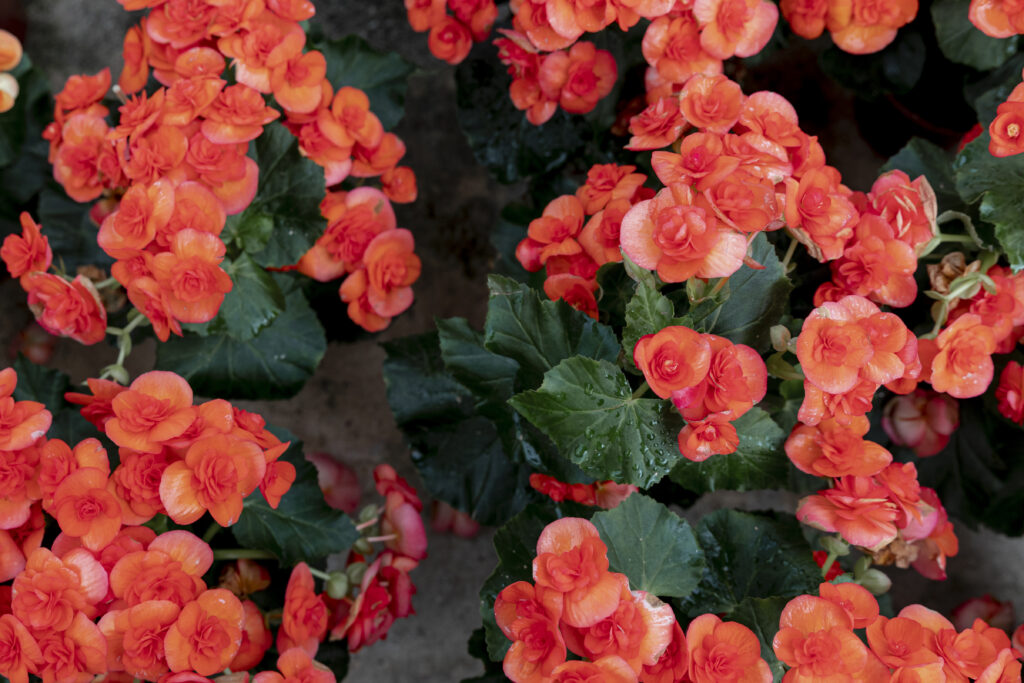
Fibrous Begonias, also known as Wax Begonias, are a popular choice for garden beds, borders, and containers. These compact begonia offer clusters of charming flowers in shades of white, pink, or red. What makes them particularly appealing is their continuous blooming throughout the growing season. Fibrous Begonia are known for their resilience and adaptability, making them a reliable choice for various gardening scenarios.
6. Rhizomatous Begonias (Begonia rhizomatous):
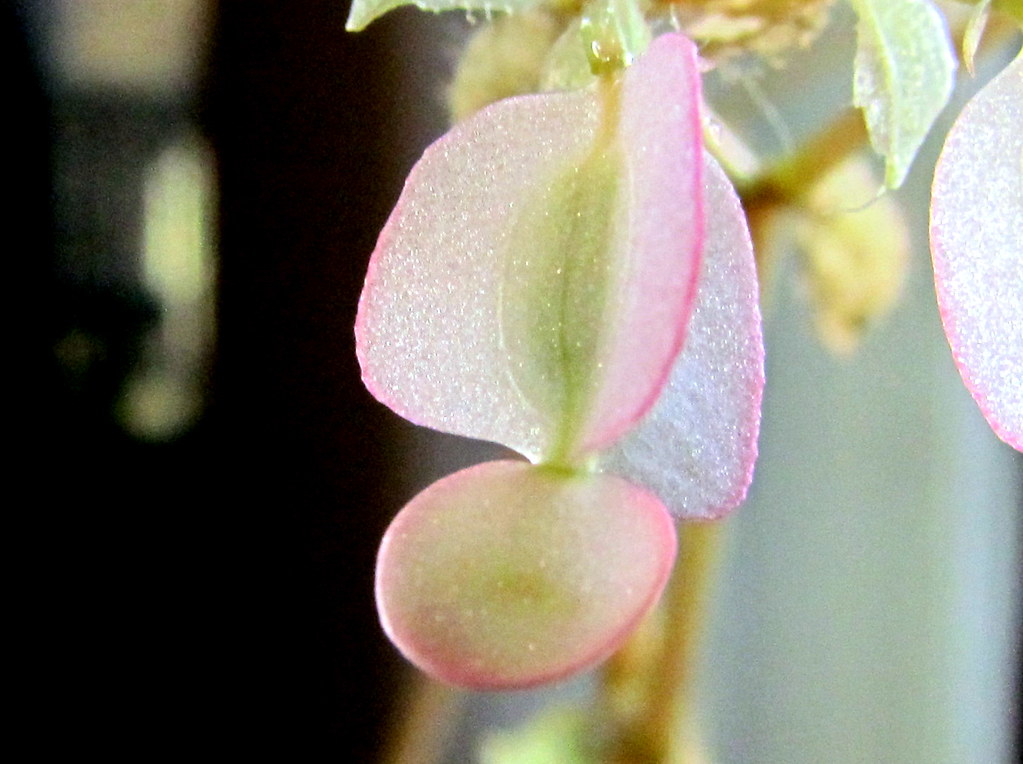
Rhizomatous Begonias are esteemed for their intriguing growth habit, with thick, underground rhizomes that store water and nutrients. These begonias often have intricately patterned leaves with eye-catching colors and textures. They thrive in well-draining soil and require moderate to bright indirect light. With their captivating foliage, Rhizomatous Begonias can serve as focal points in your plant collection.
Intriguing Choices Await:
With this wide variety of begonias, the possibilities for enhancing your green space are virtually endless. Whether you’re drawn to the whimsical patterns of Rex Begonia, the elegant arching stems of Cane-like Begonias, or the vibrant blossoms of Tuberous Begonias, there’s a begonia type that perfectly aligns with your aesthetic preferences.
Ideal Growing Conditions:
To ensure the thriving growth of your amazing plant, it’s crucial to provide them with the right environment. Most begonias prefer indirect sunlight, making them perfect for indoor settings. However, some varieties thrive in partial shade, while others bask in dappled sunlight. The choice of soil is vital too; well-draining, humus-rich soil encourages optimal growth.
Maintaining the right humidity levels is essential, particularly for species like Rex Begonia, which flourish in humid conditions. Regular misting or using a humidity tray can mimic their native habitat and lead to healthier foliage.
Watering and Feeding
this amazing plant appreciate consistent yet careful watering. Allow the top inch of soil to dry before watering again, preventing over-saturation that could lead to root rot. Applying water directly to the soil and not the foliage reduces the risk of diseases.
During the growing season, fertilize your plant every 2-4 weeks with a balanced, water-soluble fertilizer. This promotes robust growth and enhances the vibrancy of the flowers. However, remember to adjust the feeding schedule during the dormant season.
Propagation Techniques
Propagation Techniques: Cultivating your plant with Creativity
As a passionate plant enthusiast, the art of begonia propagation opens up a world of possibilities. Whether you’re eager to multiply your favorite begonias or share their beauty with fellow plant lovers, understanding various propagation methods empowers you to nurture new growth and embark on an exciting botanical journey.
1. Leaf Cuttings: Nurturing New Beginnings
Leaf cuttings are a popular and accessible way to propagate begonias. Select a healthy, mature leaf from the parent plant, ensuring it’s free from damage and disease. Using a clean, sharp knife or scissors, make a clean cut along the leaf vein. The goal is to create a cutting with a small portion of the leaf blade attached to the vein.
Dip the cut end of the leaf into a rooting hormone to encourage root development, then plant the cutting in a well-draining potting mix. Place the pot in a warm and humid environment, preferably under a plastic dome or clear plastic bag to create a mini greenhouse. With patience, you’ll observe tiny plantlets emerging from the base of the leaf. Once these plantlets have developed roots, carefully transplant them into individual pots.
2. Stem Cuttings: Propagating Vigorously
Stem cuttings are another effective way to propagate begonia, especially varieties with multiple stems. Select a healthy stem, preferably one that’s not in bloom, and make a clean cut just below a node (the point where leaves or buds emerge from the stem). Remove any lower leaves, leaving a few at the top to continue photosynthesis.
Similar to leaf cuttings, dip the cut end of the stem into rooting hormone and plant it in a well-draining potting mix. Ensure the node where the cutting was taken is placed beneath the soil surface. Maintain humidity by covering the cutting with a plastic dome or clear plastic bag, and place it in bright, indirect light. Regularly mist the cutting to prevent it from drying out.
3. Division: Sharing the Beauty
Some begonias naturally produce multiple growth points, making division a suitable propagation method. Gently remove the parent plant from its container and carefully separate the individual growth points or “crowns.” Each crown should have its roots and a portion of the rhizome attached.
Plant each divided crown in its container with fresh potting mix, ensuring that the rhizome is positioned just below the soil surface. Water the divisions thoroughly and place them in a location with bright, indirect light. As they establish roots and new growth, you’ll witness the emergence of vibrant, healthy begonias.
Cultivating Success: Tips and Considerations
Timing: Spring and early summer are ideal times for your plant propagation, as plants are in their active growth phase.
Soil: Use a well-draining potting mix to prevent waterlogging and promote healthy root development.
Rooting Hormone: While not essential, using a rooting hormone can increase the chances of successful root formation.
Humidity: Begonia cuttings thrive in a humid environment. Mist the cuttings or use a humidity dome to maintain moisture levels.
Light: Bright, indirect light is best for propagating begonias. Avoid direct sunlight, which can scorch delicate cuttings.
Patience: Propagation takes time. Be patient and monitor the progress of your cuttings regularly.
Common Issues and Solutions
Even the most diligent gardeners encounter challenges, and begonia cultivation is no exception. Keep an eye out for aphids, mealybugs, and powdery mildew, common pests and diseases that can affect begonias. Swift action is essential; consider using neem oil or insecticidal soap to address these issues effectively.
Yellowing leaves, wilting, or stunted growth might indicate problems with watering or lighting. Adjusting these factors accordingly can help nurse your begonias back to health.
Begonias: Aesthetic Appeal and Beyond
Begonias offer more than just visual delight. They have a rich history, with various cultural meanings attributed to them. In some cultures, begonias symbolize harmony and unity, while in others, they represent individuality and uniqueness. Beyond their symbolism, begonias contribute to cleaner air and a more pleasant environment, making them a fantastic choice for indoor spaces.
In Conclusion
As you embark on your begonia-growing journey, remember that each variety has its requirements, and experimentation is key to finding the perfect balance for your plants. Whether you’re captivated by the intricate foliage of Rex Begonias or the delicate blossoms of Tuberous Begonia, the world of begonia offers endless possibilities for plant enthusiasts.
We hope this comprehensive guide has equipped you with the knowledge and confidence to nurture these captivating plants successfully. By following the tips provided, you’re well on your way to creating a begonia haven that will undoubtedly turn heads and bring joy for years to come.

